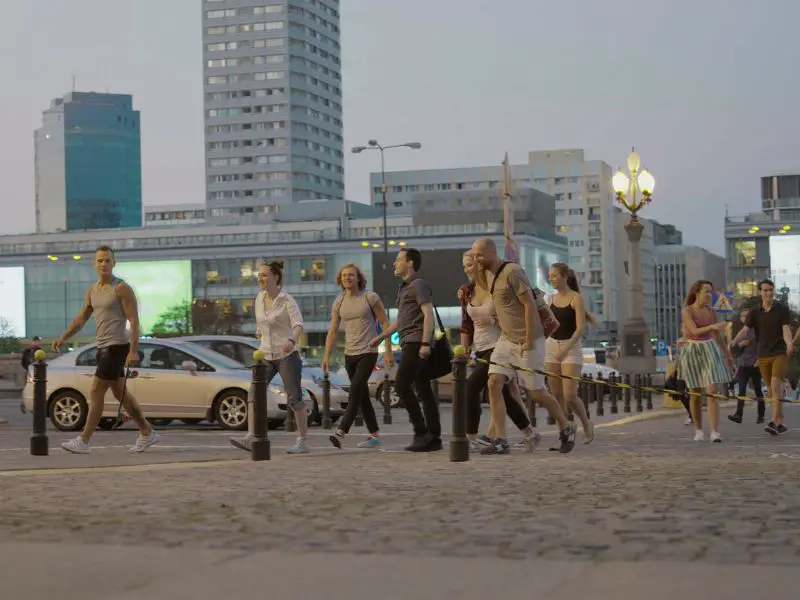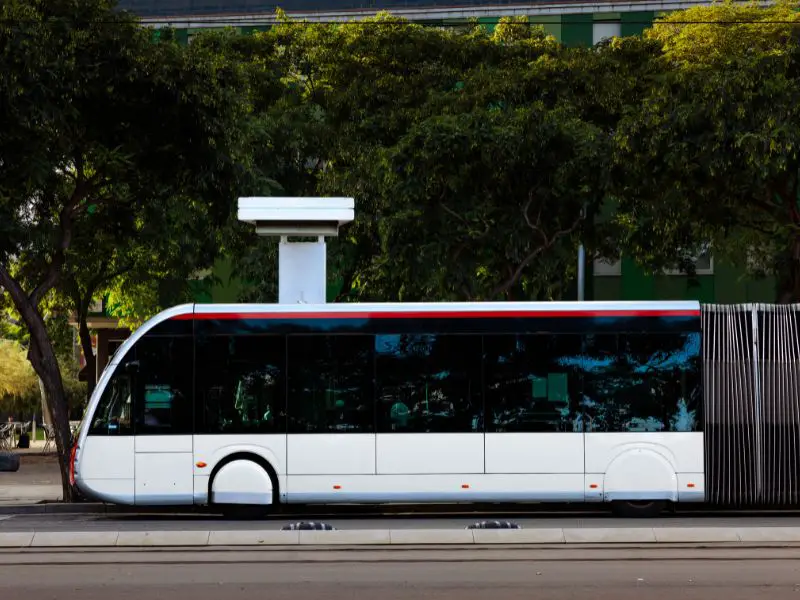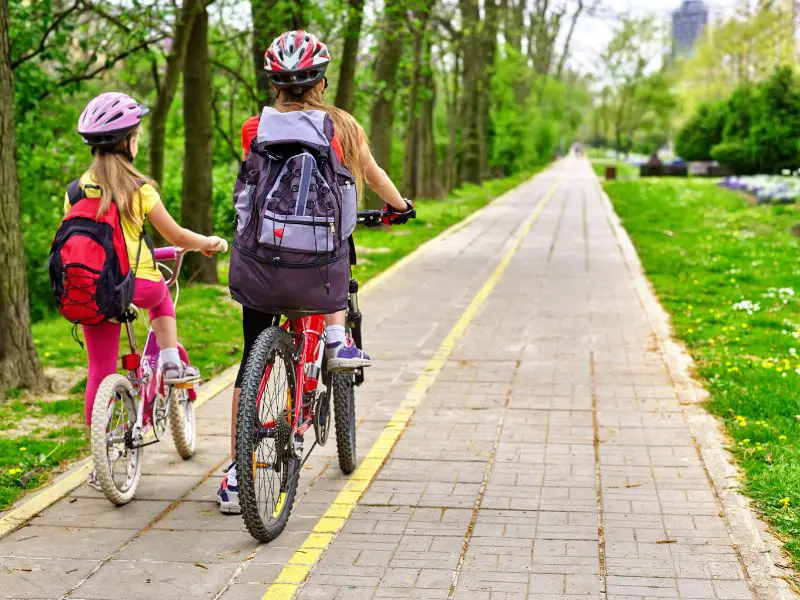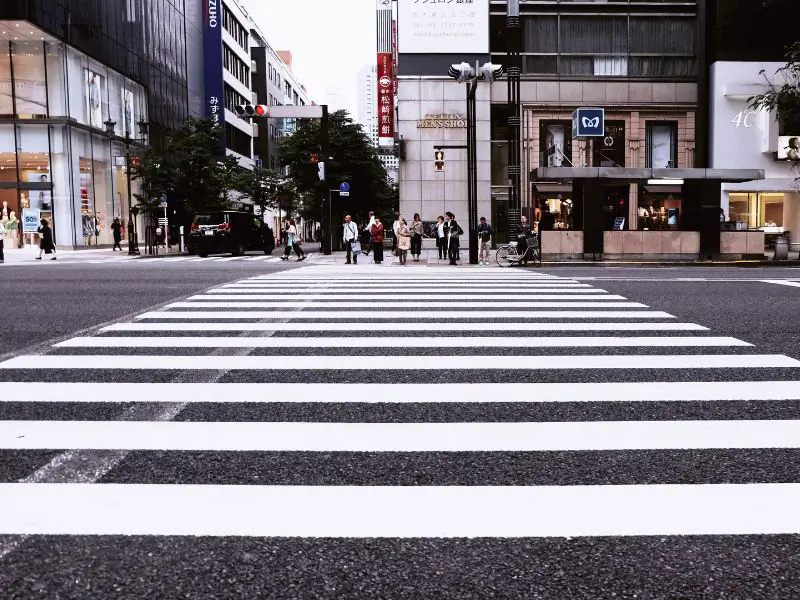A walkable city is a philosophy that promotes the design and construction of urban areas accessible to pedestrians and cyclists via a network of sidewalks, crosswalks, and bicycle lanes.
Walkability is a crucial aspect of livable communities and may promote a community’s overall health and safety by improving individual health and reducing automobile emissions and congestion.

Benefits of a Walkable City
1. Affordability
When you buy a car, pay for insurance and gas, and have to fix it on a regular basis, it can cost thousands of dollars a year. WalkScore says that cars are the second most expensive thing for a US family to buy. Imagine if you didn’t have to pay for that and could walk to work, school, the grocery store, and other places. Think about what else you could buy with all that money.
2. Accessibility
When cars are the only way to get around, people who can’t drive, the elderly, and children can’t use the transportation system and become active individuals of their communities. In a society focused on cars, people who can’t drive because of their health, mental state, or age must rely on others to get them where they need to go.
In a neighborhood where people can walk, on the other hand, getting around is much easier. The kids can walk to school. Older adults can walk to the store. People who use wheelchairs can get to work without waiting for a particular bus or a ride from a friend. Walkability means that a lot more people can get to a place.
3. Economic Productivity
Walkable environments lead to higher economic productivity. Passers-by are significantly more likely to visit many establishments in a dense, walkable neighborhood with shops and restaurants than if they were only going to a particular store in an auto-oriented region. Walkable neighborhoods with local businesses help maintain economic benefits in the community. Finally, walkable communities generate considerably more tax money per square foot than any other development in city after city throughout the nation.

4. Health
Here are some advantages of a walkable city for everyone to stay healthy.
- Physical exercise has been linked to a lower risk of early mortality and various chronic conditions.
- The presence of additional bicycle and pedestrian facilities, such as sidewalks, bicycle lanes, and trails, is connected with more active school commutes.
- Traffic volume, highway density, and traffic speeds are adversely related to active travel, but block size, availability to public transportation, retail, neighborhood stores, and street connectivity are favorably associated with bicycle riding.
- Walking and cycling are two forms of transportation that can benefit from improved land use rules and community-scale urban planning. These include zoning rules and construction standards, […] better street connection, higher density of development, and more businesses, employment, and schools within walking distance of where people reside.
Persons who live in walkable communities are healthier than those who live in car-centered places. With a lack of walkability, people have lower access to physical activity and higher chances of health problems.

6. Environment
Walking is greener than driving. It uses no fossil fuels and generates no pollutants, making the world and our lungs healthier. Walking is great for the environment as well, but there’s no need to elaborate. Walkable cities are cleaner and contribute less to climate change.
Related: Car Innovation, Why Gas Is So Expensive, E-Bikes
How Can Walkability Change a City?
North America, Japan, Australia, and Europe have declining car cultures. This cultural shift, particularly among millennials, is partly due to changing priorities, where car ownership isn’t more of a status symbol. A newfound emphasis on health and sustainability has led many to choose walking, cycling, and public transportation over driving. The 2008 recession made it hard for many individuals to buy vehicles, while flexible employee commuting has made it simpler to get about without a car.
How to Make a City More Walkable?
1. Public Transit
To make cities less car-centric, we must replace private cars with alternate modes of transit. Individuals benefit from public transportation because it is cheaper and safer while offering economic possibilities by linking people to work and companies.
Buses and trains must be safe, hygienic, dependable, and easily accessible to be a viable option for most people. Excellent and affordable public transit will not be built overnight. Local, state, and federal governments require massive buy-in and investment. While we’re at it, we should make future public transportation projects as eco-friendly as feasible.

2. Zoning Laws and Affordable Housing
Zoning laws affect people’s housing choices. They regulate the size of buildings, what kinds of businesses can operate in them, where houses can be built, and how many cars can be parked outside them. Zoning laws can also affect housing prices. In large cities, for example, they restrict the construction of new homes and apartment buildings and drive up prices.
To deal with these problems, some cities have instituted inclusionary zoning rules that require builders to set aside a portion of their new projects as affordable housing. These policies make it easier for low-income people to find housing, and they tend to reduce homelessness.
3. Biking Infrastructure
Becoming more “walkable” has become a significant trend in the US in recent years. Cities from Los Angeles to Chicago have started enacting initiatives to make walking and biking the primary mode of transportation. Cities have introduced bike share stations and charming bike lanes throughout the city.
Significant changes can be seen in many cities. Communities like New York and Montreal have enacted much more tough measures to reduce driving, like congestion pricing and higher parking rates. As prices rise and a higher influx of cars are on the roads, more people are using bikes as an alternate way to travel around their communities. These cities have made almost 100 percent more commuter trips by biking than by car.

4. Pedestrian Safety
Walking is a heart-full way to get around. You can exercise and get some fresh air at the same time. It also allows you to experience life in a city by exploring attractive neighborhoods and local parks. Walking is also much safer than driving a car or taking public transportation, as there are fewer accidents involving pedestrians and fewer traffic fatalities.
Most pedestrians feel relatively safe when walking, but there are still a lot of issues that could make it unsafe for some people. Especially the elderly, children, or anyone with physical difficulties walking might be unable to navigate their city without help. It might be impossible for others to notice when a person is in trouble. That’s why many cities are building more walkable areas and turning the streets into pedestrian-only zones to improve safety.

Bottomline
Walking is one of the most cost-effective forms of transportation, as roaming users can often reduce the need for other costs such as gas, parking, and upkeep for a vehicle. Walking also uses fewer resources than driving or riding a bicycle because it is less time-consuming.
Walkability in cities is becoming more welcoming to economic development companies and local entrepreneurs because walking allows easy access to destinations. This, in turn, can generate more jobs as more people visit a city more often. We hope this article inspires you to make walking a priority in your daily routine.

